
3D printing drugs is driving the pharmaceutical industry towards personalized medicine. Let's take a look at the most recent trends and developments.
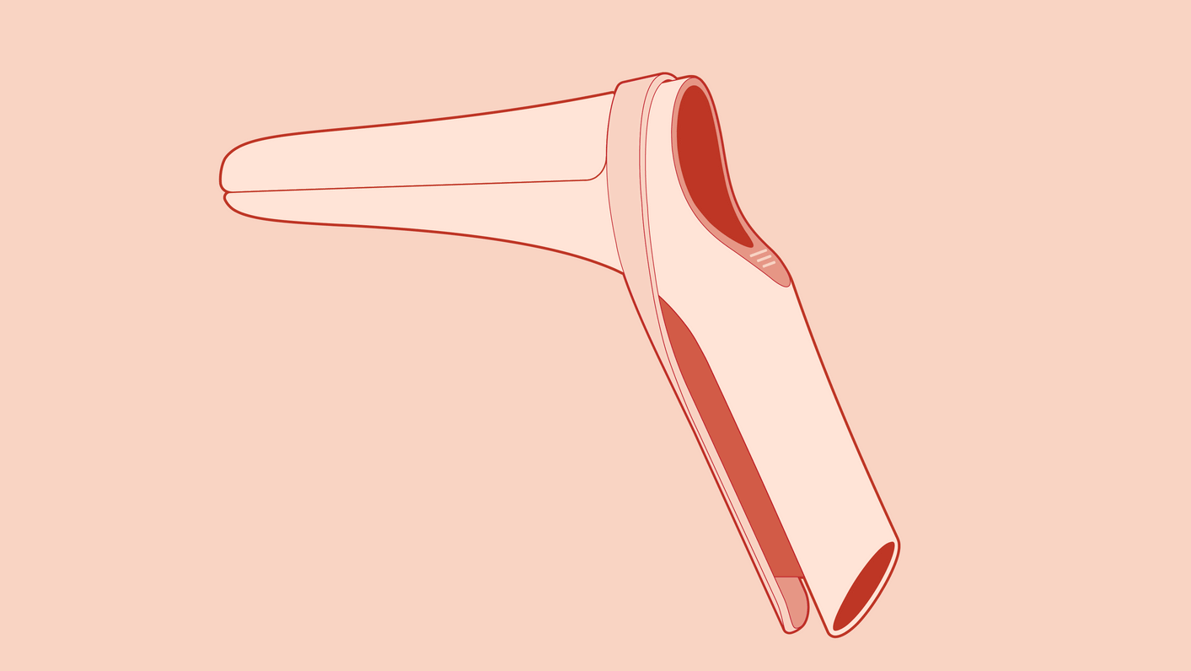
Yona Care is offering a new speculum design, developed using 3D printing, which hopes to make gynecologist trips more enjoyable.
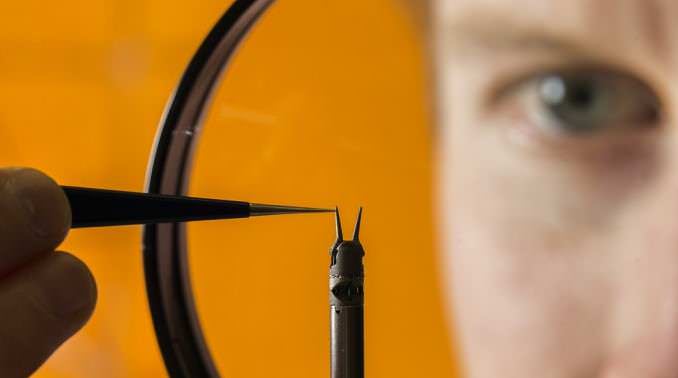
Will doctors use an origami-inspired 3D printed surgical tool next time you're on the operating table? Crane or frog?

3D bioprinting has come a long way over the last decade. Find out the latest developments in 3D printed organs and body parts.

3D bioprinted organs, especially hearts, are slowly becoming a reality. Learn about the most promising 3D printed heart projects of 2020.
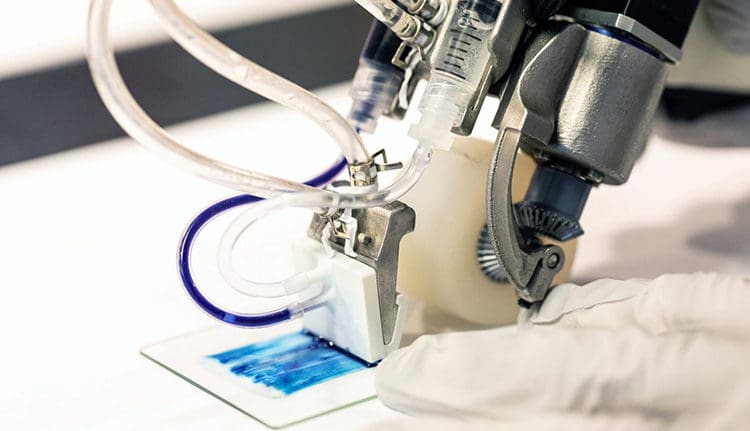
This handheld 3D printer deposits layers of skin tissue, and could one day help to heal deep wounds. Instead of waiting for skin patches to grow in a Petri dish, you apply it directly.

Similar to the way the World Wide Web democratized news, education, and entertainment, 3D printing has the potential to democratize the manufacturing of certain goods.

To plan a liver transplant between mother and son, surgeons from Salt Lake City, Utah used 3D imaging to 3D print the models of both livers to make surgery easier.

Twins conjoined at the head have been successfully separated after months of planning and hours of surgery. Surgeons used 3D scanning and printing to ensure the surgery was a success.
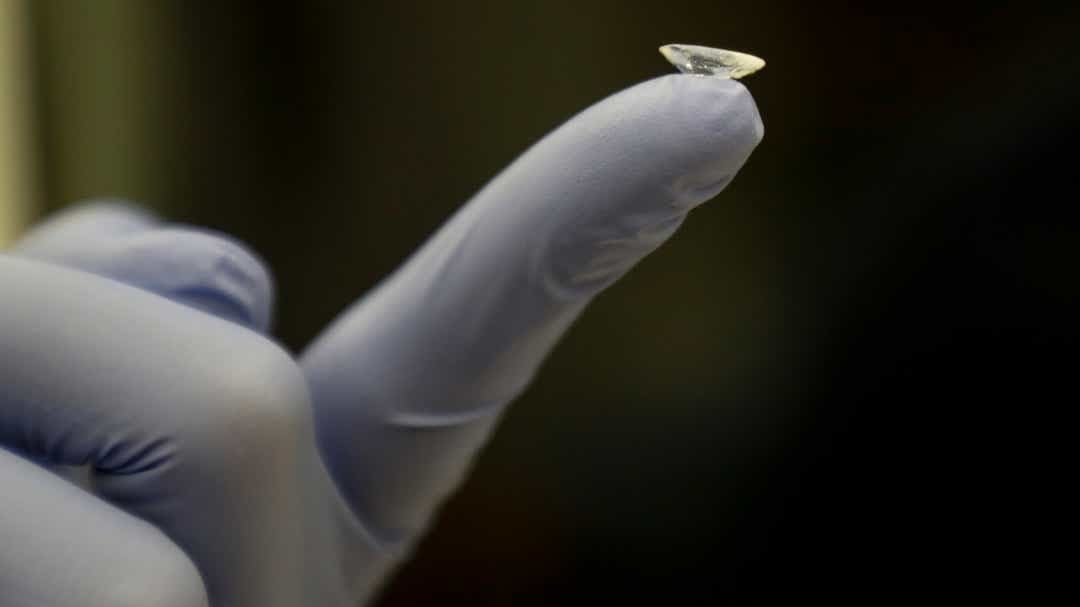
Researchers from Florida A&M University developed a bio-ink and 3D printed a human cornea which they believe could lead to huge advancements in the medical field.

Researchers from the Queensland University of Technology propose 3D printing tissue-engineered constructs as a graft to assist in nipple reconstruction for women who've undergone a mastectomy.
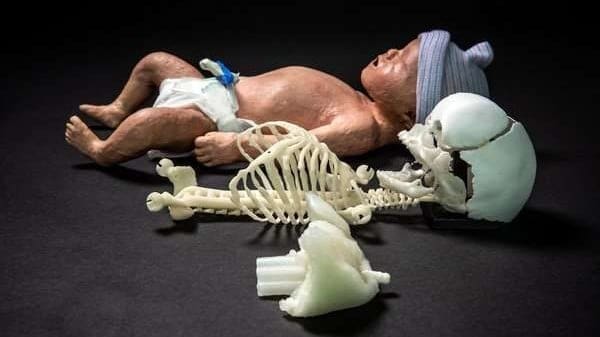
A researcher at the Eindhoven University of Technology created a lifelike 3D printed baby manikin using MRI scans to improve resuscitation training for medics.

myReflection is a company set up by a couple in New Zealand which uses 3D printing to create comfortable prosthetic breasts for women who have had a mastectomy.
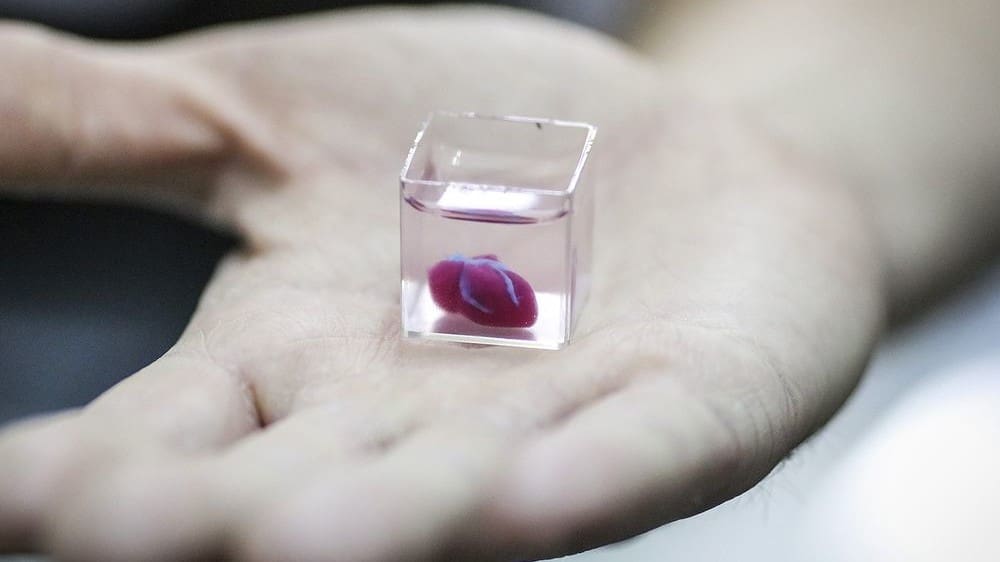
Researchers from Tel Aviv University used a patient's cells to 3D print a heart with blood vessels, ventricles and chambers that is the size of a rabbit's heart.
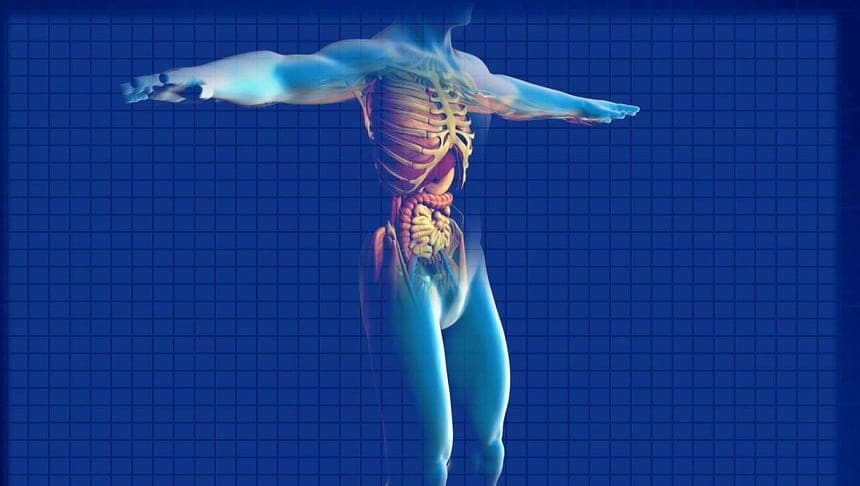
Researchers at the Foundation for Research and Science Development in Poland have 3D printed the first ever bionic pancreas with blood vessels which could one day be used to treat diabetes.
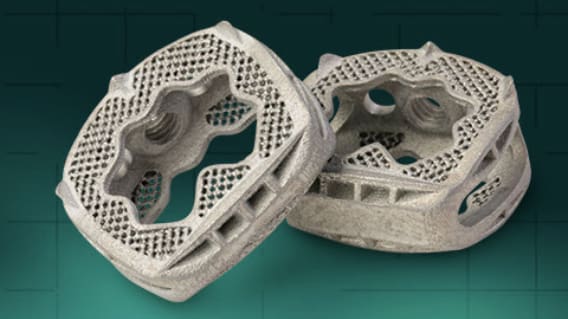
Additive Implants announced the FDA clearance of its first product, the 3D printed SureMAX Cervical Spacer, created by company founder, orthopedic surgeon Dr. John Ehteshami.

Bioscientists at Rice University and the University of Maryland are developing a method to 3D print artificial tissues to help heal bone and cartilage injuries in the elbows, ankles, and knees.

A team of researchers at King's College London and Guy's and St Thomas's NHS Foundation Trust developed an approach to improve the care of babies with congenital heart disease by creating a 3D model of their hearts while inside the womb.
In what is believed to be a world first, researchers from the Istituto Ortopedico in Rizzoli, Bologna, 3D bioprinted a human cell-laden collagen meniscus (aka the cartilage that cushions your thighbone and shinbone).
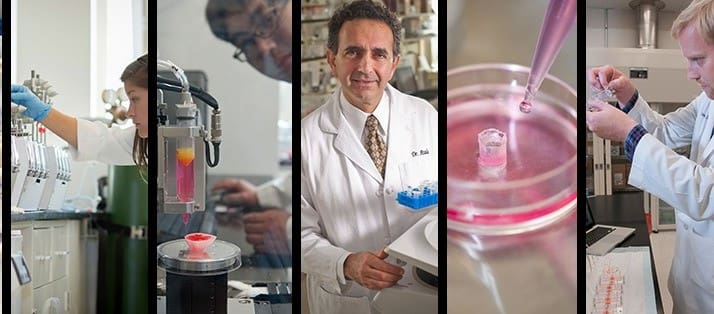
Scientists from Wake Forest School of Medicine, North Carolina, created what's believed to be the first mobile skin bioprinting system which can print directly onto a wound.